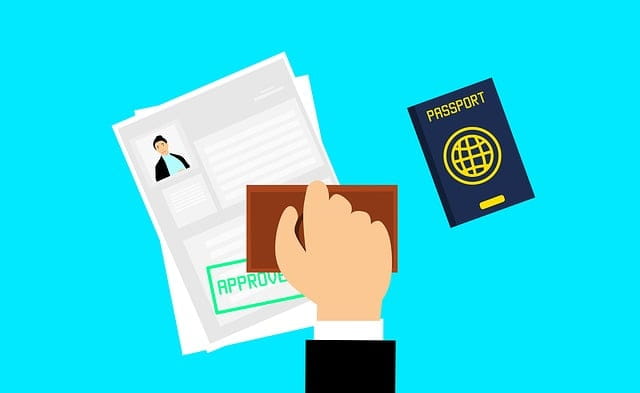How Will the ETIAS System Work?

The European Travel Information and Authorisation System was designed to make applications faster and easier, helping travellers save time and enjoy a simple process.
Those who want to apply for an ETIAS and get approval must follow these steps:
#1 Launch Date
Know the ETIAS' launch date and start the application process accordingly. As mentioned, it's set to be launched in 2024.
#2 ETIAS Application

Travellers from visa-exempt countries who must apply for an ETIAS travel authorisation can fill out the application form through the ETIAS website or mobile application.
#3 Eligibility Criteria
People from nations with visa-free access to EU countries must have an ETIAS to enter the territory. However, dual citizens with passports to EU and ETIAS-eligible countries aren't required to apply for this travel authorisation if they use their EU documentation.
#4 Form Fields
Applicants must fill out the ETIAS application with the data the European Commission has defined, which includes the following:
•Valid passport or travel document information
•Personal biometric data, such as date of birth, gender, and name
•Criminal records
•EU member state of entry
•Information about their intended travel and stay in countries requiring ETIAS
•Background questions on their education and current occupation
•Previous EU travel or immigration history
If you apply for an ETIAS visa waiver, you must declare that the data you provide and the statements you make are correct.
#5 Fee
Applicants must have their travel documents and payment card at hand. Some are required to pay EUR 7, but others are exempt from this fee, including travellers under 18 and over 70.
#6 Application Screening
After filling out the form, each application is screened across EUROPOL DATA, SIS, VIS, SLTD (Interpol), ECRIS, and EURODAC. In addition, each is checked to confirm that applicants comply with ETIAS rules and watchlist.
When an application matches information from any EU information systems' databases, an ETIAS Central Unit performs manual processing or forwards it to an ETIAS National Unit.
#7 Application Decision

While most applications are processed in just minutes, some can take longer. When this occurs, travellers usually receive the decision within four days.
However, the expected period to know the decision on the application for an ETIAS can be extended to 14 days if applicants are required to provide further documentation or information.
Some travellers are invited for an interview. Therefore, the application screening could also be extended to 30 days.
After this period, applicants are informed about the outcome. When applications are refused, travellers receive an email with the reasons supporting the decision and information on how to appeal, if applicable.
#8 Boarding
Those who have received an ETIAS travel authorisation are required to carry the same document (passport, in most cases) that they used for the ETIAS application.
If they do not provide this document, travellers will not be allowed to board their flights, ships, or buses or enter the European country.
#9 Arrival
While many countries require travellers from some nations to have an ETIAS visa waiver, this document does not guarantee entry.
As soon as you arrive at the destination, you have to answer a few questions from border guards, who will verify that you meet all the entry conditions.